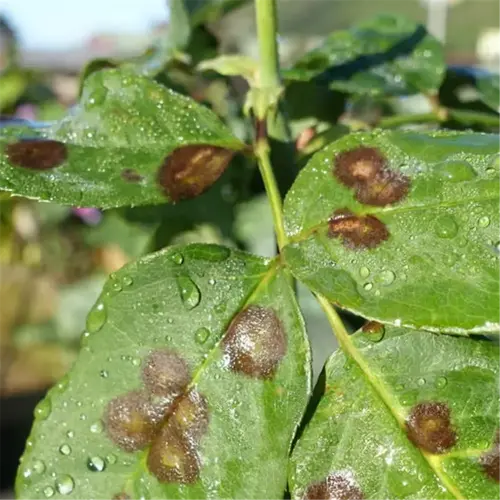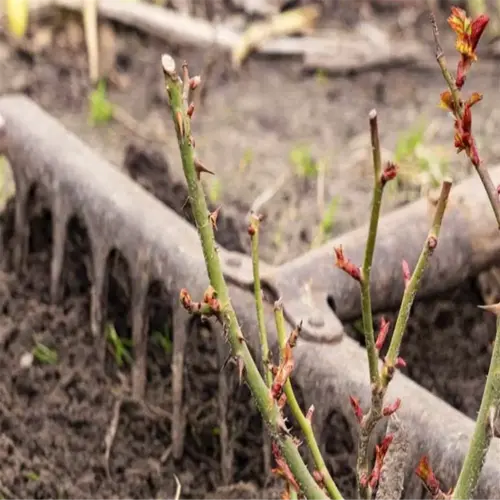What distinguishes bacterial leaf spot from fungal infections?

Written by
Julia Anderson
Reviewed by
Prof. Samuel Fitzgerald, Ph.D.Confusing bacterial leaf spot with fungal diseases can cost growers an entire production season. A grower lost 200 tomato plants last summer due to a fungicide applied to bacterial lesions. Proper diagnosis starts with a 10x hand lens- the first line of defense.
Lesion Characteristics
- Bacterial spots: Water-soaked edges with golden halos (2-3mm wide)
- Fungal spots: Dry, papery textures with concentric rings
- Bacterial ooze appears milky under magnification
Spread Patterns
- Bacterial infections jump 18" via rain splash in 48 hours
- Fungal spores spread slowly through air currents
- Check lower leaves first for bacterial colonies
Environmental triggers uncover reality. The bacterial spots expand after overhead irrigation - I have recorded a 300% quicker spread of the bacteria strain than of the fungal strain. The fungal problem is fond of stagnant humidity conditions. You can track weather as well as your irrigation schedule and note patterns of 72+ hours of leaf wetness is conducive for bacteria colonies. Your irrigation schedule counts as evidence.
For field tests, carry a roll of clear tape. The adhesive side can be pressed against the lesions and any bacterial ooze will leave a sticky residue upon removal of the tape that will be visible to the naked eye. One New Jersey farm avoided a $15,000 loss because they used this $2 tool. Your diagnostic kit should include useful, simple items, versus complicated items.
Read the full article: Bacterial Leaf Spot: Complete Guide to Identification and Control

